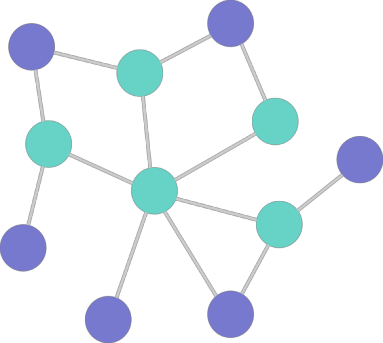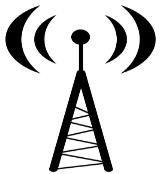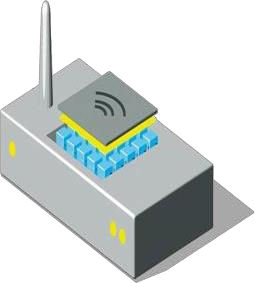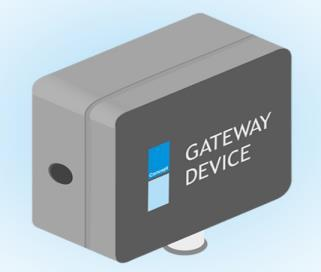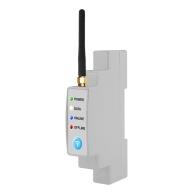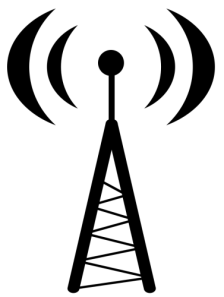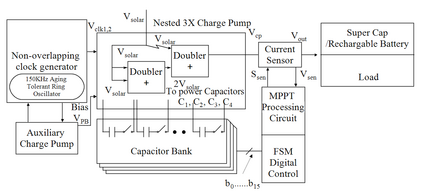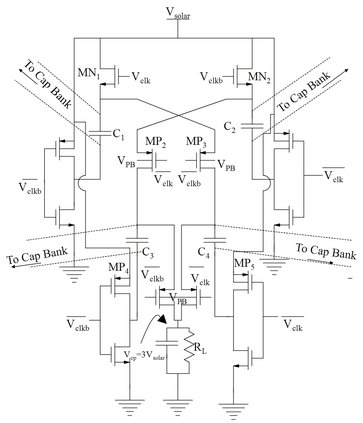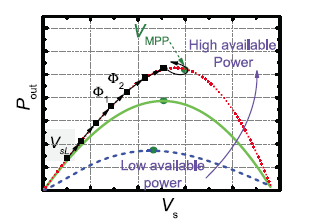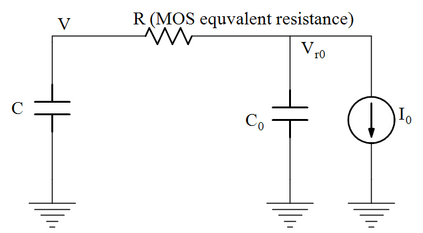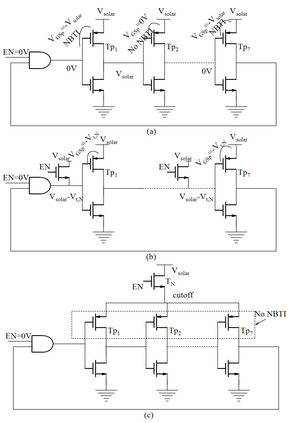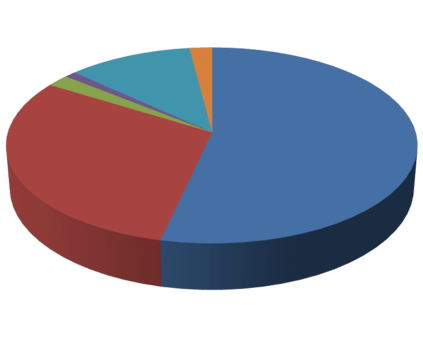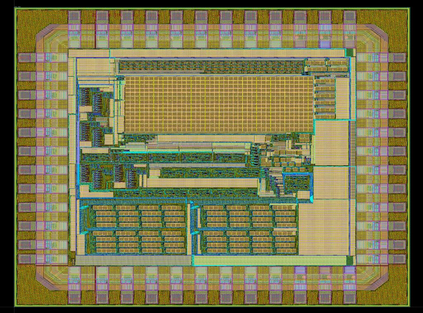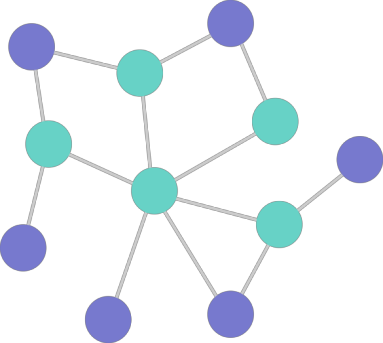Recently, harvesting natural energy is gaining more attention than other conventional approaches for sustainable Internet-of-Things (IoT). System on chip (SoC) power requirement for the IoT and generating higher voltages on-chip is a massive challenge for on-chip peripherals and systems. Many sensors are employed in smart cities and smart villages in decision-making, whose power requirement is an issue, and it must be uninterrupted. Previously, we presented Security-by-Design (SbD) principle to bring energy dissipation and cybersecurity together through our "Eternal-Thing". In this paper, an on-chip reliable energy harvesting system (EHS) is designed for IoT end node devices which is called "Eternal-Thing 2.0". The management section monitors the process load and also the recharging of the battery or super-capacitor. An efficient maximum power point tracking (MPPT) algorithm is used to avoid quiescent power consumption. The reliability of the proposed EHS is improved by using an aging tolerant ring oscillator. The proposed EHS is intended and simulated in CMOS 90nm technology. The output voltage is within the vary of 3-3.55V with an input of 1-1.5V. The EHS consumes 22 micro Watt of power, that satisfies the ultra-low-power necessities of IoT sensible nodes.
翻译:最近,收获自然能源比其他常规办法越来越受到更多关注,以促进可持续互联网变化(IoT)。 芯片系统(SoC)对IoT的电源要求和在芯片上产生高压电压对芯片外围和系统是一个巨大的挑战。 许多传感器在智能城市和智能村庄用于决策,其电力需求是一个问题,必须不受干扰。以前,我们提出了安全逐个设计(SbD)原则,通过我们的“永恒打击”将能源消散和网络安全结合起来。在本文件中,为IoT终端终端节点设计了一个在芯片上可靠的能源收集系统(EHS),称为“永恒打击2.0”。管理部分监测过程负荷和电池或超级电容器的重新定位。高效的最大电点跟踪(MPPT)算法被用来避免电源消耗。拟议的电源耗电量的可靠性通过使用一个不断老化的容忍环振荡仪而得到提高。拟议的EHS-25型电流的透明性电源采集系统(EHS-ximing Exlientalalalal-Cal-S-ximing Exing Exing) 22 Syal-Sxxxxxxxxxxxxxxxxxxxxxxxxxxxxxxxxxxxxxxxxxxxxxxxxxxxxxxxxxxxxxxxxxxxxxxxxxxxxxxxxxxxxxxxxxxxxxxxxxxxxxxxxxxxxxxxxxxxxxxxxxxxxxxxxxxxxxxxxxxxxxxxxxxxxxxxxxxxxxxxxxxxxxxxxxxxxxxxxxxxxxxxxxxxxxxxxxxxxxxxxxxxxxxxxxxxxxxxxxxxxxxxxxxxxxxxxxxxxxxxxxxxxxxxxxxxxxx

